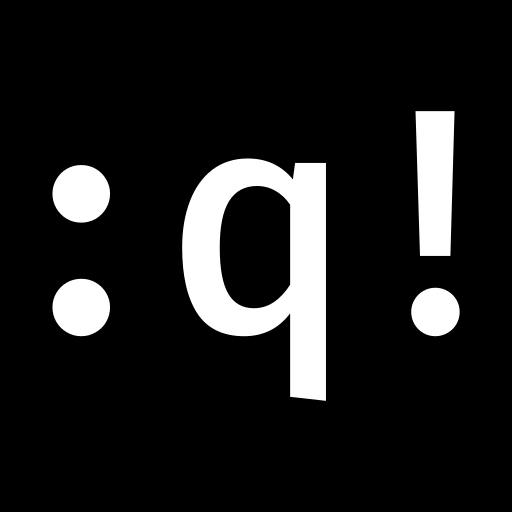In this election there won’t be any % barrier in some countries, but I still haven’t seen any poll numbers for small parties here in Germany for example. Everything below 2-3% gets lumped in with “Others” as usual, even though about 0.5% would already get them a seat in parliament this time. This makes voting strategically very difficult, because we have no idea whether any small party could even get in.
I get that there are limits to what you can show in a graphic, but even the source links I checked didn’t provide more details. Why is that, and has anyone seen poll numbers for small parties, particularly for Germany?
The problem is that small vote shares in a survey are not reliably measured when you consider measurement uncertainty. It makes sense to not include very low shares to avoid an unwarranted impression of accuracy.
That’s the right answer. I couldn’t find a poll that explicitly states it on my quick search, but if I am not mistaken I saw a poll in TV lately that showed an uncertainty of about 2-3%. It just makes no sense to list parties that are below that value.
You are correct. Most of these polls only have 1000 to 2000 participants.
Perhaps those small % are more ‘volatile’ and prone to change? That would motivate hiding or lumping everyone altogether under ‘Others’
Some of the polls on wahlrecht.de include the smaller parties. The latest one that does is from march though, unfortunately.
deleted by creator
I would say for whether or not your vote really counts it doesn’t matter if the party has 20.5% or 0.5%. Each vote counts the same towards the next seat, which may be the first or the twentieth. So I would encourage everyone to vote small parties (except for the crazy ones).
0.5% gets you seats in German system?
Yes, but this is the final European election without a threshold in Germany.
No, you need a bit more than a percent to get a seat, given proportional representation:
https://www.europarl.europa.eu/infographic/meps-seats/index_en.html
I’m not sure how the apportionment of remaining seats is performed in Germany and whether it’s a EU standard or up to the states, but in NL you need at least one full seat to be eligible for additional ones based on fractional seats.
I couldn’t find an equivalent German page.
In Germany, you can get a seat with less than 1%. In the last election, ÖDP got one with 0.6%. Not an expert on the electoral system, but I’d guess it’s because Germany has more seats in the first place.
No, it’s because there is no electoral threshold for EU elections in Germany. Every party with enough votes for a seat gets that seat (which is projected to be around 0.5% but depends on the total number of voters). Unfortunately, this is the last election without a threshold in Germany





